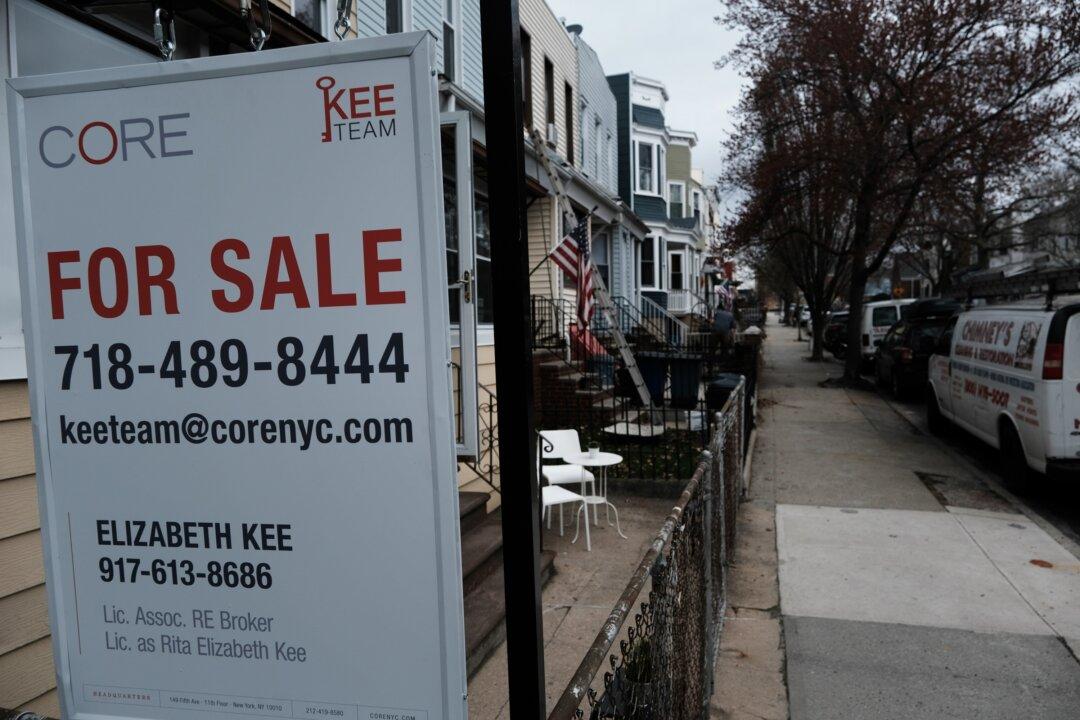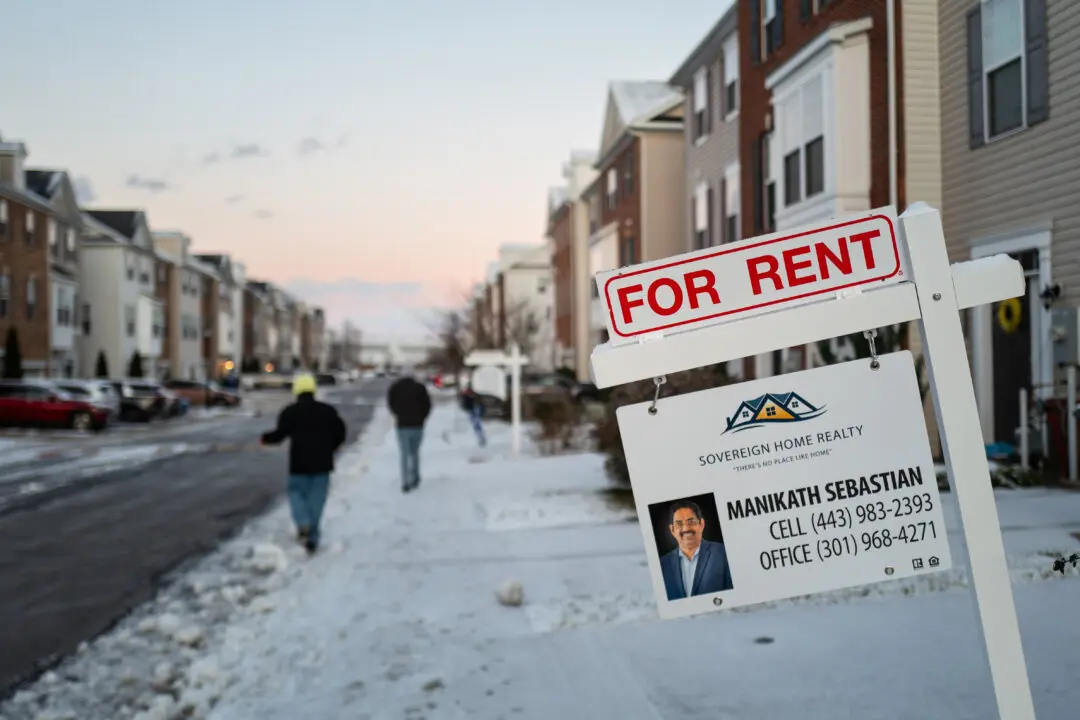U.S. home prices rose in a majority of markets during the first quarter of the year, with around one in 14 markets seeing a double-digit increase in prices.
Single-family existing-home sales prices rose in 152 of the 221 tracked markets in Q1, 2023, according to a May 9 press release by the National Association of Realtors (NAR). The top 10 metros with the biggest year-over-year price gains recorded at least 11.7 percent in price appreciation. Three of these markets were in Wisconsin while two were in North Carolina. Among the top 10 most expensive markets, seven were in California. Seven percent of the 221 markets saw double-digit price increases.





